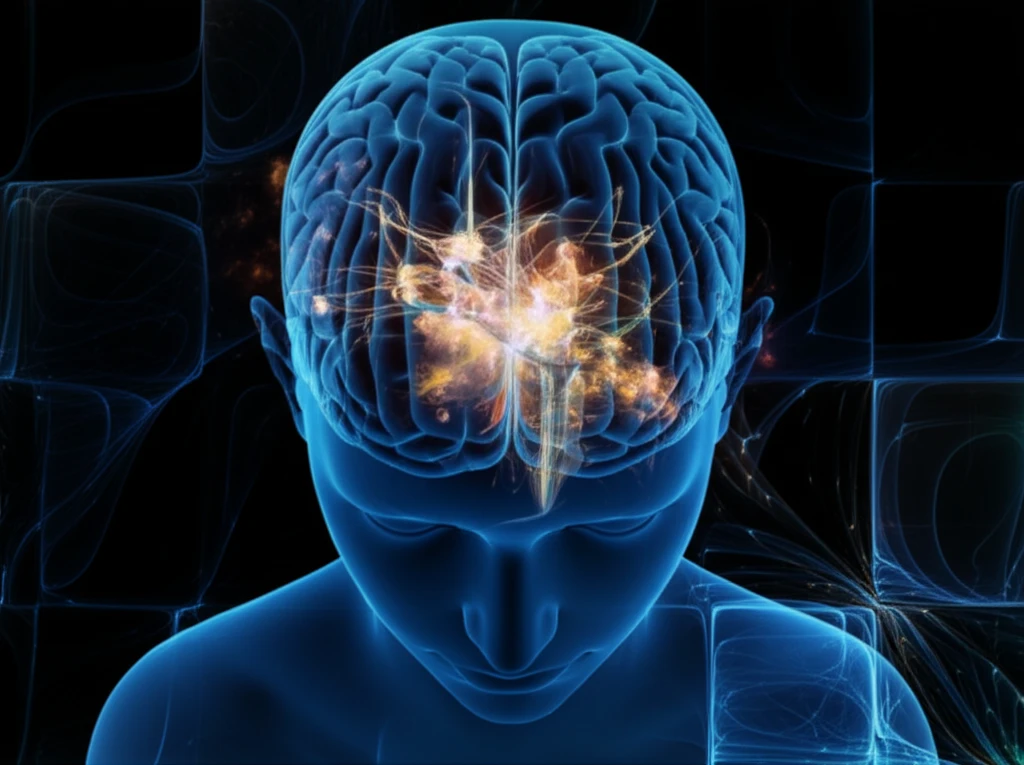
Unlocking the Brain's Secrets: How Advanced Simulations are Revolutionizing Neuroscience
"Explore the groundbreaking research using realistic brain cell models to simulate neural activity and accelerate discoveries in brain health."
Virtual histology is transforming medical imaging, offering unprecedented insights into the microscopic properties of tissues using non-invasive techniques like MRI. This approach aims to bridge the gap between macroscopic observations and the intricate details of cellular structures, providing a new lens through which to view and understand the brain.
Traditional microstructure imaging techniques, especially diffusion-weighted MRI (DW-MRI), are becoming essential tools in clinical studies. DW-MRI uses magnetic field gradients to track the movement of water molecules within tissues, revealing information about cell density, fiber orientation, and the presence of barriers like cell membranes. By analyzing how water diffuses, scientists can infer the underlying microscopic architecture of the brain.
However, interpreting DW-MRI data remains a significant challenge. The relationship between the signals and the complex biological structures of the brain is not fully understood. Numerous mathematical and biophysical models have been proposed, but their validity is often debated. The complexity of brain tissue means that a single signal can arise from many different microstructural arrangements, making it difficult to pinpoint the exact features responsible for the observed patterns.
Why Brain Cell Simulations Are the Next Big Thing in Neuroscience

Advanced numerical simulations offer a powerful solution to these challenges. By creating detailed, realistic models of brain tissue, researchers can test specific hypotheses, design optimized experiments, and even develop computational inverse models using machine learning. These simulations serve as a virtual laboratory, complementing traditional physical experiments and providing a well-defined ground truth.
- Simulate molecular diffusion inside digital cells with an unprecedented level of realism.
- Offer relevant examples for simulating diffusion-weighted MR signals.
- Provide an excellent match between the morphology of real and digital brain cell models.
- Achieve an excellent match between the DW-MR signal from real and digital brain cell models.
The Future of Brain Simulation: A Path to Deeper Understanding
This new generation of brain cell simulations holds immense potential for advancing our understanding of the brain. By providing a realistic and flexible platform for studying neural activity, these models can accelerate discoveries in basic neuroscience, drug development, and the treatment of neurological disorders. As computational power continues to increase and simulation techniques become more refined, we can expect even more breakthroughs in the years to come.
